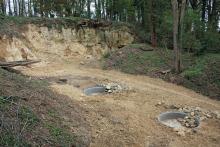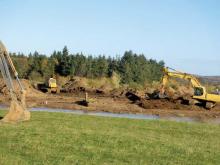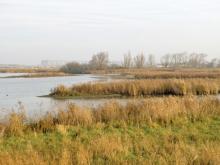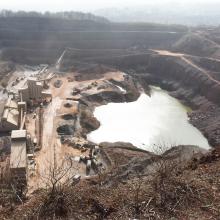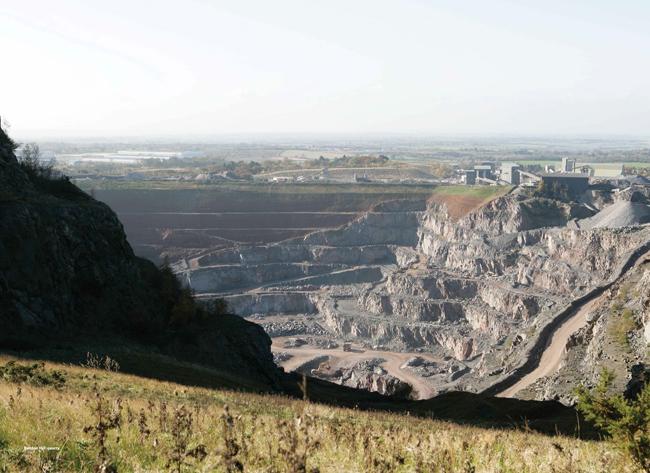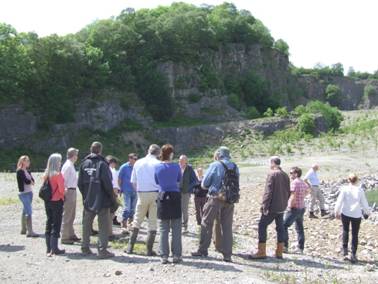
The first in a series of NAM (
The event focused on the merits of letting natural regeneration encourage nature within a site’s restoration plan. It attracted 30 stakeholders from across the minerals industry, local planning authorities, statutory agencies, conservation NGOs and environmental consultancy sectors. They heard how and where natural regeneration has played a significant part in enhancing the biodiversity of a site; received advice on what measures can be adopted to benefit which species and took part in an informal questions and answers session to swap details of incidences of good practice in this area.
Referencing a number of relevant case studies in the UK and within RESTORE partner countries, NAM’s Restoration Adviser, Liz Harris, opened the indoor morning session by providing an overview of how mineral sites can provide vital opportunities for natural habitat succession, enabling early pioneer species communities to become established in a way which is increasingly difficult in the wider landscape, where land tends to be intensively managed and farmed.
Buglife’s Lead Ecologist, Dr. Sarah Henshall, then provided a detailed breakdown of invertebrate species which can benefit from a mixture of open mosaic habitat creation on a site, sitting alongside areas of undisturbed and disturbed land. She recommended the monitoring of a site to establish what species are present and to retain features which support them. She explained how natural regeneration on a site can often represent the best outcomes for biodiversity, both on active and worked-out quarries.
Before embarking on a site visit to
Attendees on the NAM/RESTORE 2014 day welcomed the opportunity to meet other individuals with an input to decisions affecting mineral site restoration and management and to learn from each other’s experiences. This was said to be exemplified by one officer from a planning authority in the north of England, who commented that the event demonstrated the “... extremely important, imaginative and informative way of collaborating in order to achieve the desired “working together” ethos to achieve the common goal – the best restoration possible for mineral sites.”
For further information and booking on other best-practice demonstration events being run throughout July, September and October, visit the %$Linker:

